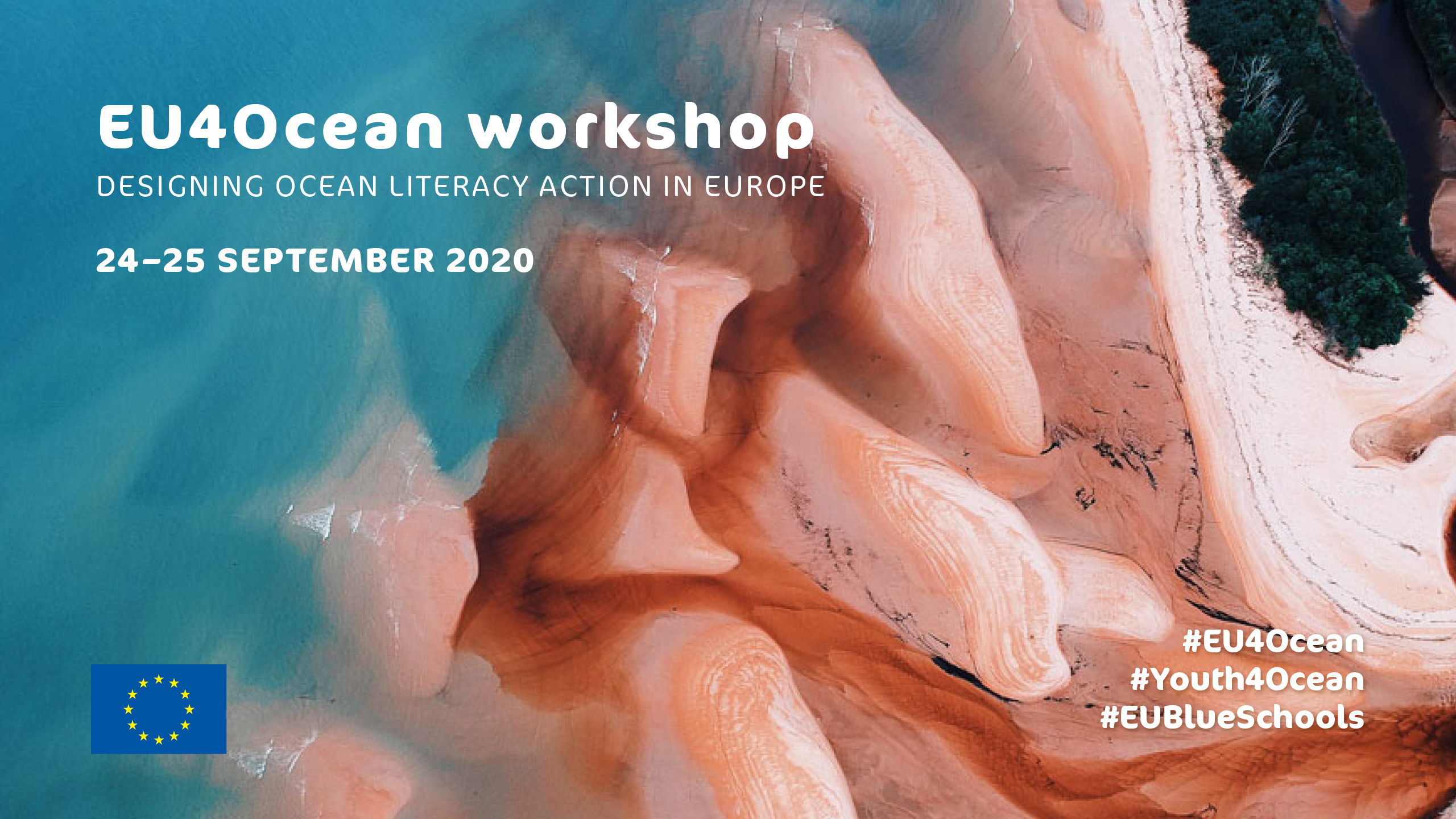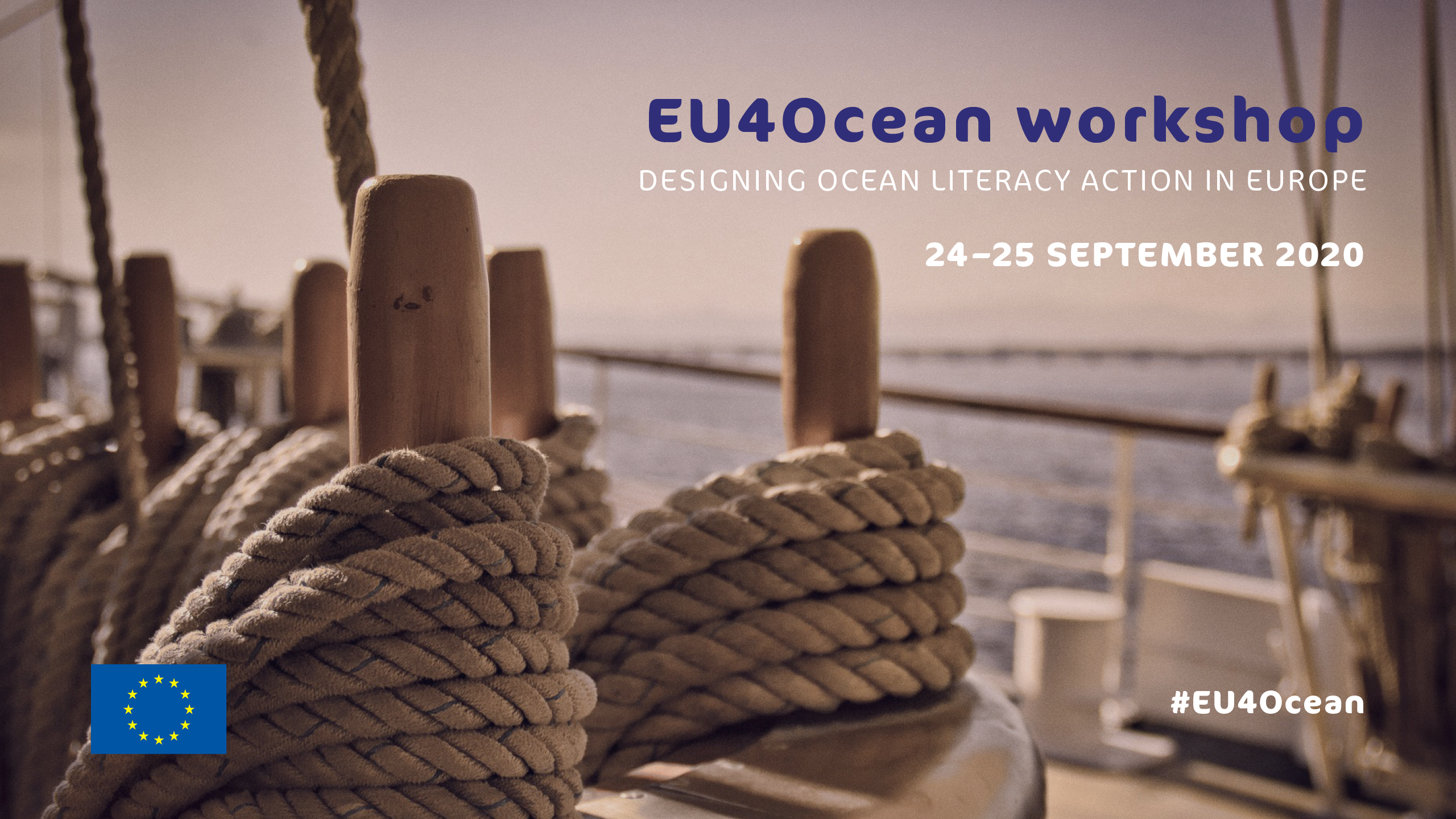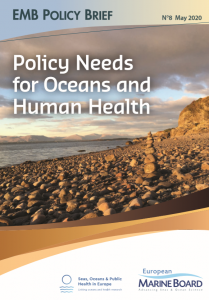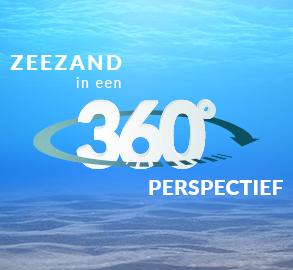Behind the scenes, the Think Tank North Sea train has continued to proceed in recent months. The working group reports ‘Working with nature’ and ‘Living with climate change’ were finalised and three new theme proposals (Marine food impact, Environmentally sustainable blue growth, Decommissioning) were selected for the next vision development process. You can determine which theme will be selected for a new vision development trajectory by voting on the theme of your preference up to and including 15 September 2020. Curious about what this can lead to? Then be sure to take a look at our brand new working group reports!

In March of this year, the Think Tank North Sea launched a new call for themes that the Think Tank can address in a new vision development process (see also news release of 4 March). This call did not fall on deaf ears and you registered dozens of proposals from a wide range of backgrounds and interests. For which we sincerely thank you! It shows once again that the Think Tank North Sea initiative and its stimulating bottom-up effect perpetuates and justifies its place in the landscape and that the ideas are far from dried up.
After a thorough evaluation in recent weeks of the submitted proposals, the TTNS Steering Group now puts forward three themes of which it believes in the strong added value of starting a vision development process. The three themes are (consult the theme descriptions in the documents at the bottom of this message)
It is up to you to decide around which theme a future vision (2050) will ultimately be built. Here you can vote for the theme for which you want to commit yourself to help shape this vision. After this vote, a working group will be set up around the winning proposal.
Are you interested in the functioning of a working group or are you curious about what this cooperation can lead to? Then discover the new working group reports from the previous thematic cycle:
Working with nature: a vision on the promising opportunities for the future development and deployment of marine ecosystem services for the benefit of society and the blue economy.
Living with climate change: a vision on how coastal zone society can cope with future climate change and higher sea levels, based on the main concerns and concrete action points.
If you want to stay informed about the Think Tank North Sea, subscribe now to our mailing list.
Would you like more information: info@thinktanknorthsea.be













 The Policy Brief on Policy Needs for Oceans and Human Health summarizes the policy challenges when attempting to address both ocean and human health together, and the cooperation and research needed to enable those challenges to be addressed. It proposes ways in which the existing regulatory framework could be adapted to incorporate Oceans and Human Health. It also provides recommendations relating to data and indicators, monitoring, funding and training.
The Policy Brief on Policy Needs for Oceans and Human Health summarizes the policy challenges when attempting to address both ocean and human health together, and the cooperation and research needed to enable those challenges to be addressed. It proposes ways in which the existing regulatory framework could be adapted to incorporate Oceans and Human Health. It also provides recommendations relating to data and indicators, monitoring, funding and training.






 The European Marine Board’s (EMB) 6th
The European Marine Board’s (EMB) 6th 








 Sentinel-2 image in true colours of the study area (10 m resolution) and Suspended Particulate Matter product (SPM)
Sentinel-2 image in true colours of the study area (10 m resolution) and Suspended Particulate Matter product (SPM)
 Sentinel-2 image of May 1st, 2016 (true colour image on top, and chlorophyll-a product below) showing a near-shore algal bloom near Ostend
Sentinel-2 image of May 1st, 2016 (true colour image on top, and chlorophyll-a product below) showing a near-shore algal bloom near Ostend
